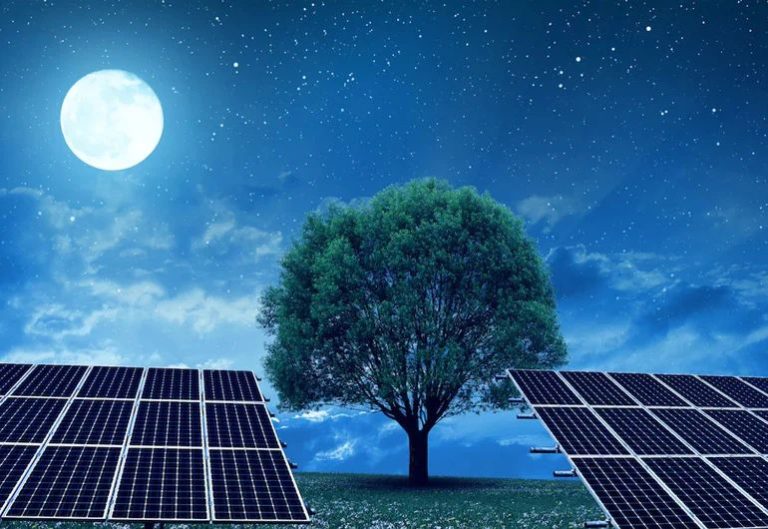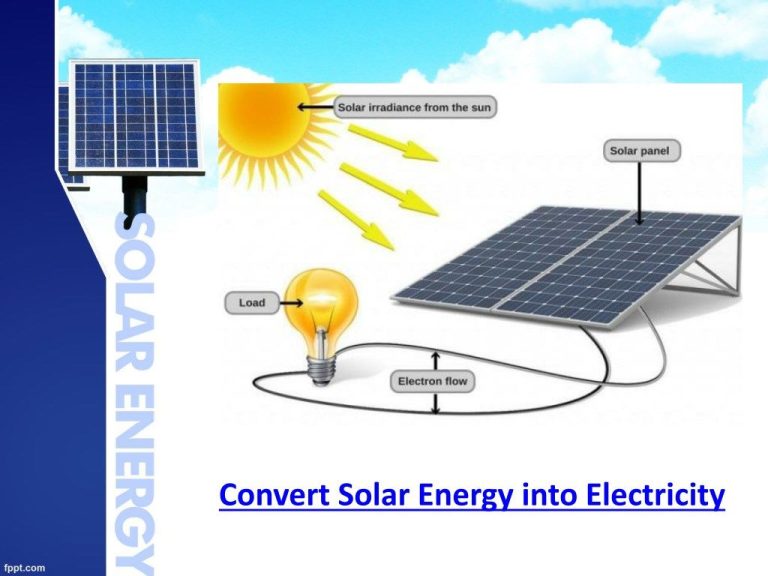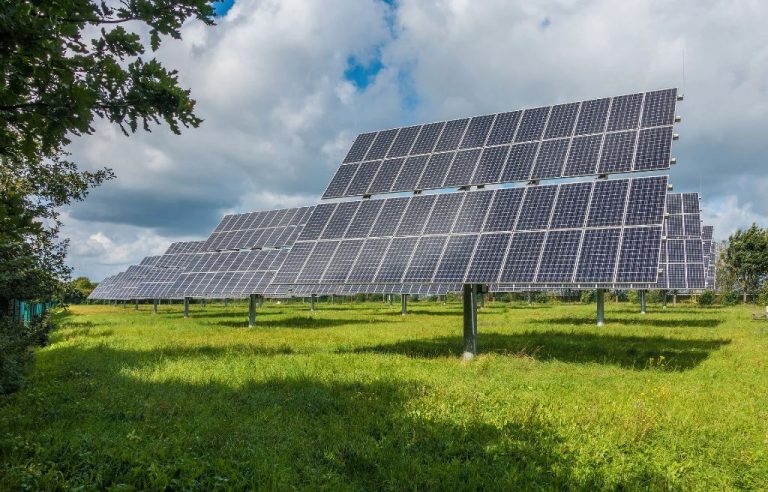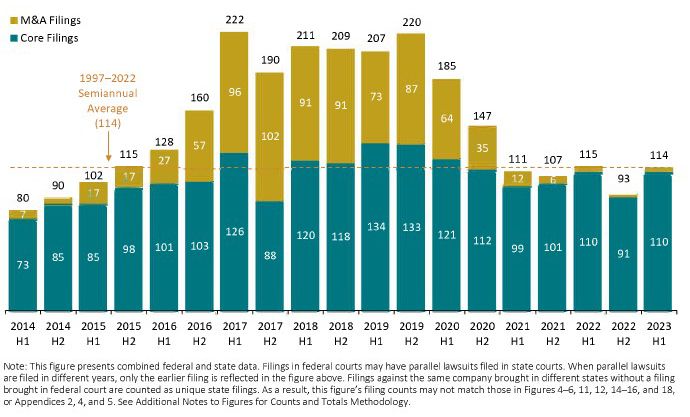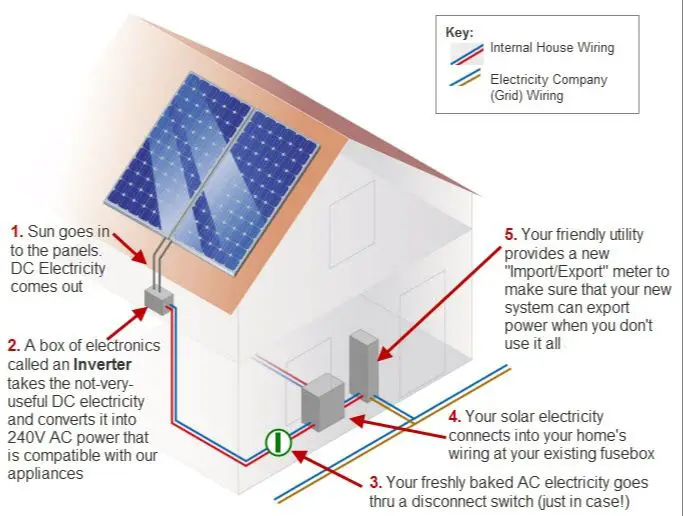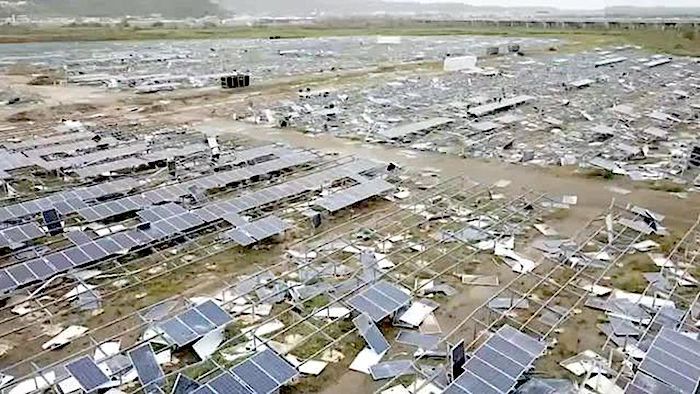Does Solar Really Help The Grid?
As solar power generation has grown dramatically in recent years, there has been much debate around its impact on the stability and reliability of the electrical grid. Some argue that the intermittent nature of solar power threatens grid stability. However, with proper implementation, solar power can actually help stabilize the grid. The key is adopting technologies and policies that allow solar to provide grid services that support reliability.
How Solar Power Works
Solar panels, also known as photovoltaic (PV) panels, generate electricity directly from sunlight using the photovoltaic effect. When sunlight hits the solar cells inside a solar panel, it knocks electrons loose from their atoms. The solar cells contain a semi-conductor material, typically silicon, that has been specially treated to form an electric field. This electric field acts like a ramp that the loose electrons flow down, creating an electrical current (National Grid, 2023).
The flow of electrons generates a DC (direct current) voltage in each solar cell. Connecting solar cells together adds more voltage, and the panels include an inverter which converts the DC into AC (alternating current). The inverter is connected to the building’s electrical panel and synchronized to the utility grid (Energy.gov, n.d.). This allows the solar panels to power the building’s electrical system and feed any excess electricity back into the utility grid.
In summary, solar PV panels convert sunlight directly into usable electricity through the photovoltaic effect in silicon solar cells. The panels are connected together to generate higher voltages, and include an inverter to convert the power into AC current.
Solar Intermittency
One of the key challenges with solar power is that it has natural production peaks and valleys based on the position of the sun throughout the day and over seasons. Solar generation fluctuates with weather and time of day as solar radiation levels change. For example, solar production peaks around noon on sunny days and drops to zero at night. Production is also lower on cloudy days versus sunny days. According to a 2022 study in Nature Communications, “The inherent intermittency of solar power due to diurnal and seasonal cycles has usually resulted in the need for alternative generation sources to meet demand when sunlight is reduced.” (Source)
This variability and unpredictability is referred to as intermittency. Intermittent solar generation can make balancing electricity supply and demand more challenging for grid operators. As a result, intermittency is one of the key factors limiting widespread solar adoption and questions around whether solar can provide reliable baseload power.
Grid Stability Challenges
Traditional power grids are designed to handle steady and predictable electricity generation from large power plants. But the intermittent nature of solar power creates fluctuations in electricity production that can pose challenges for grid stability and reliability (Fuergy, 2021). According to Katraouzos (2017), conventional grids are built around synchronous generators that spin in lock-step at the same frequency. Sudden drops in solar generation due to cloud cover can cause the grid frequency to dip, potentially leading to blackouts if stability is not maintained.
Grid operators have to match electricity supply perfectly with demand at all times. Solar variability makes it difficult for them to control the delicate balance between supply and demand. Large swings in solar power production throughout the day create a “duck curve” effect on the grid. This results in overgeneration risk during peak sunlight hours and ramping/load balancing challenges in the evening when solar production decreases as demand increases after sunset (Katraouzos, 2017).
Smart Inverters
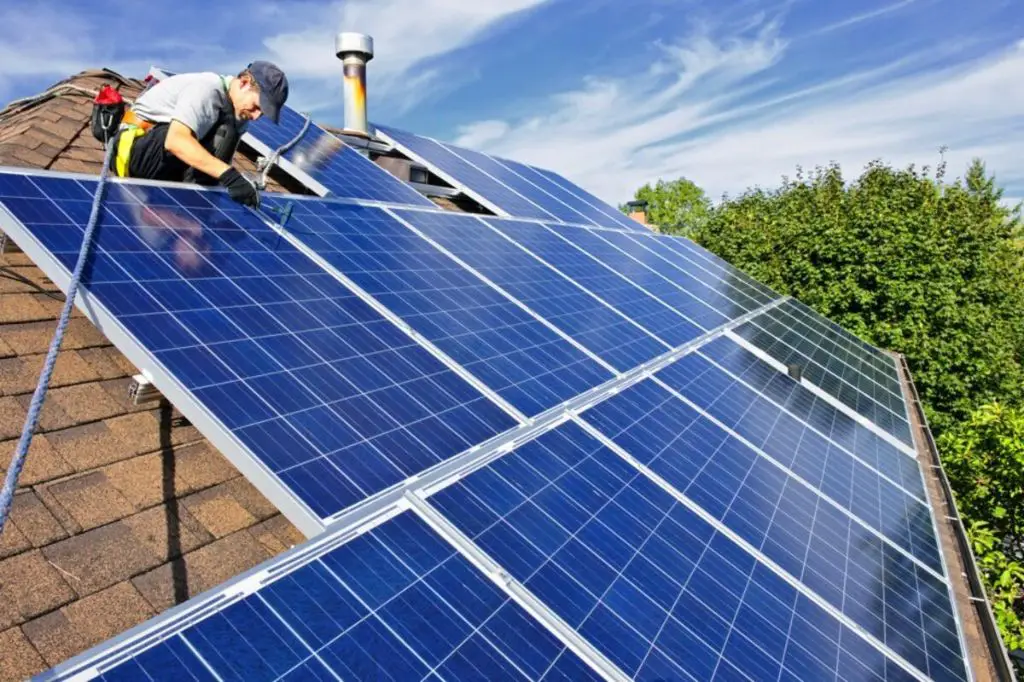
A smart inverter is an inverter that can supply voltage and frequency support and other grid services like voltage and frequency ride-through, low and high voltage ride through (LVRT/HVRT), volt/volt-ampere reactive (volt/var) support and power factor control (1). Traditional solar inverters were designed to simply convert DC power from solar panels into AC power to feed into the grid. They disconnected from the grid during grid disturbances to prevent any dangerous back feed. Smart inverters have additional capabilities to adjust output voltage, frequency and power factor as necessary to keep the grid stable during grid events or disturbances (2).
As more solar and other distributed energy resources (DERs) connect to the distribution grid, smart inverters are necessary to actively regulate voltage and frequency to ensure grid reliability and stability. According to a Department of Energy report, smart inverters can supply many grid services including active power control, voltage regulation, volt/var control, frequency response, ramp rate control, communication systems to share telemetry data and integrate with grid management systems (3).
Energy Storage
Batteries and other forms of energy storage can help smooth the variability of solar power and stabilize the grid. By charging when solar production is high and discharging when solar production drops, batteries essentially shift solar energy in time to better match demand.
According to Energy Storage and the Electric Grid, as solar penetration increases, battery storage can help stabilize the grid and ensure reliable electricity supply. Lithium-ion batteries in particular can respond quickly to smooth fluctuations in solar output.
Pumped hydro storage is another form of grid storage that can absorb excess solar generation during the daytime and release the stored energy at night. By absorbing energy when solar supply exceeds demand and releasing it when solar drops off, storage helps mitigate solar intermittency.
Time-of-Use Rates
Many utilities are moving towards time-of-use (TOU) rates, which charge different rates for electricity based on the time of day it is consumed (Source 1). TOU rates typically charge higher rates during peak demand hours like late afternoon and early evening, and lower rates during off-peak nighttime hours. For solar customers, TOU rates can provide greater savings by allowing them to maximize solar production during expensive peak times and minimize grid purchases during cheaper off-peak times (Source 2).
TOU rates incentivize customers to shift more energy usage to daylight hours when solar power is abundant. This helps ease demand on the grid during peak evening hours. Solar paired with batteries can provide resilience during grid peak events. Overall, TOU rates combined with solar encourage behaviors that support grid stability and optimize the value of solar.
Forecasting
Predicting solar output allows better grid planning. Accurate solar forecasting enables grid operators to plan ahead and properly balance the overall energy mix. According to the U.S. Department of Energy, “advanced solar forecasts allow grid operators to schedule the right amount of generation ahead of time so they can reliably deliver affordable clean energy to homes and businesses when the sun isn’t shining” (EERE Success Story—Solar Forecasting Platform Helps Grid Operators Plan Energy Mix). Solar forecasting uses statistical models and artificial intelligence to predict energy production. Services like Reuniwatt offer detailed forecasts up to 15 days ahead to optimize solar installations and support grid integration (Solar forecasting for grid management – Reuniwatt’s solutions). Overall, accurate solar forecasting leads to more efficient grid management and stability.
Case Studies
There are several real-world examples where solar power has enhanced grid stability. In India, Azure Power implemented a 100 MW solar plant with smart inverters that adhere to strict grid code regulations for voltage and frequency (Source: https://utilitiesone.com/case-studies-successful-examples-of-achieving-grid-code-compliance). The smart inverters allow the plant to provide grid stabilization services. Additionally, a case study in Texas by AEP showed that grid-forming inverters can improve system strength and stability on a weak grid (Source: https://www.ercot.com/files/docs/2023/09/07/AEP_GFM_PreliminaryResults_Nishantha.pdf). The research demonstrated solar’s potential to enhance reliability. Overall, real-world solar installations are already showing solar’s capability to support grid stability when designed properly.
Conclusion
In summary, rooftop solar systems can provide both benefits and challenges to the electric grid. The benefits come from solar’s ability to generate clean, renewable power at the point of electricity use. This can reduce stress on the grid, offset fossil fuel generation, and lower a household’s electricity bills. However, solar’s intermittent nature can also create stability and technical issues on the grid if not properly managed. Technologies like smart inverters, energy storage systems, and forecasting help modern grids adapt to increasing solar penetration while maintaining reliability. Time-of-use rates can incentivize consumers to align solar generation with periods of high electricity demand. Overall, with the right policies, technology adoption, and management strategies, distributed solar generation can be a valuable grid asset that contributes to climate change mitigation and a clean energy future.

